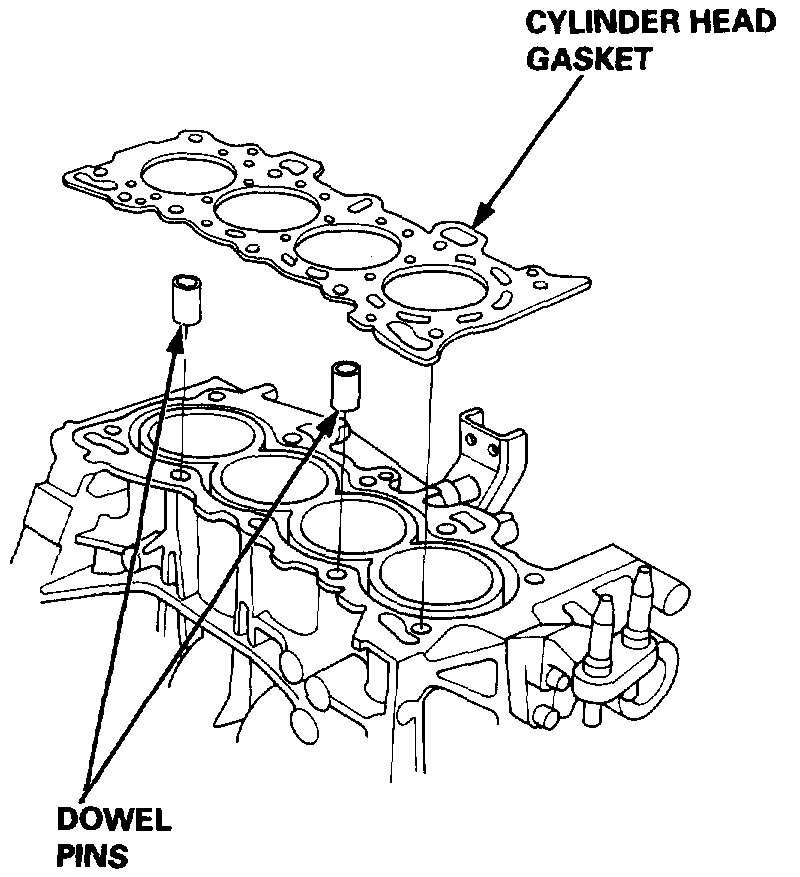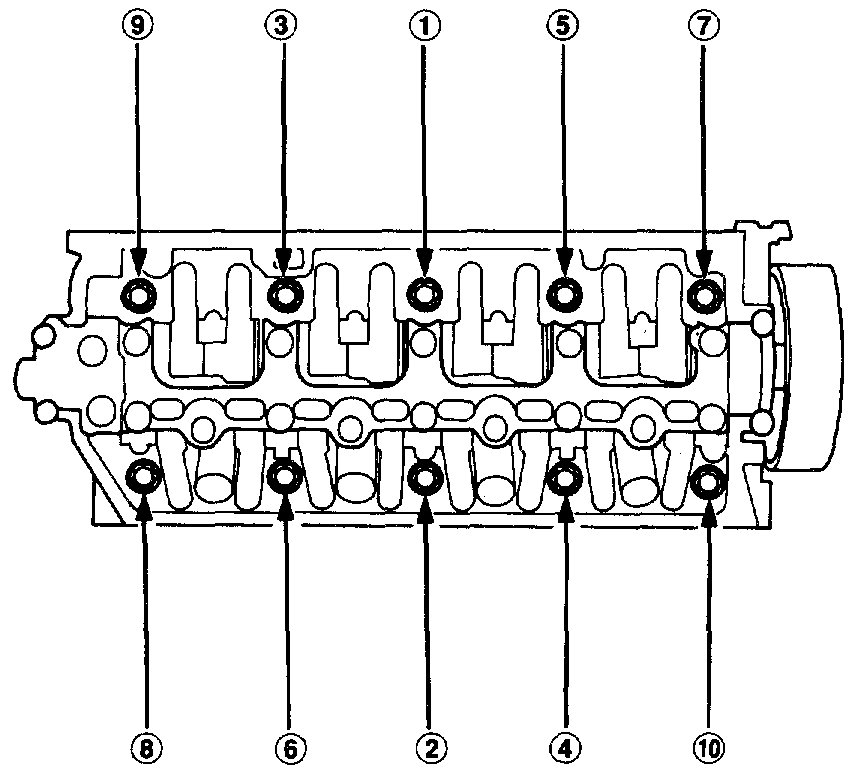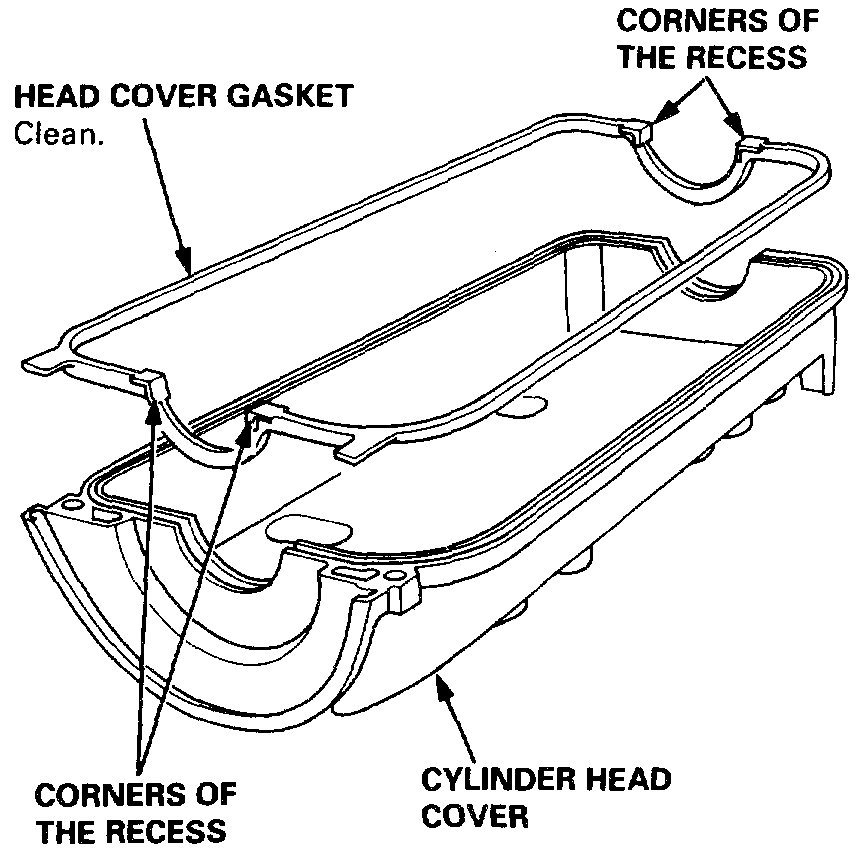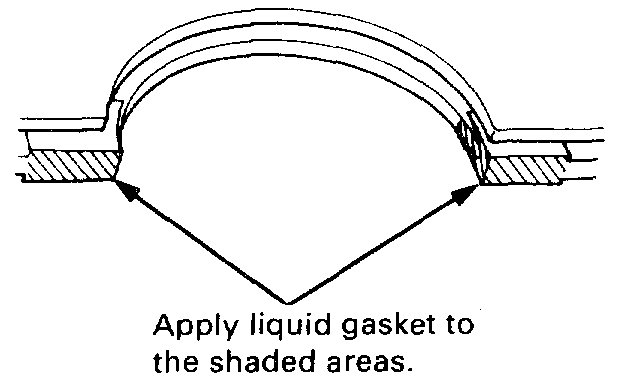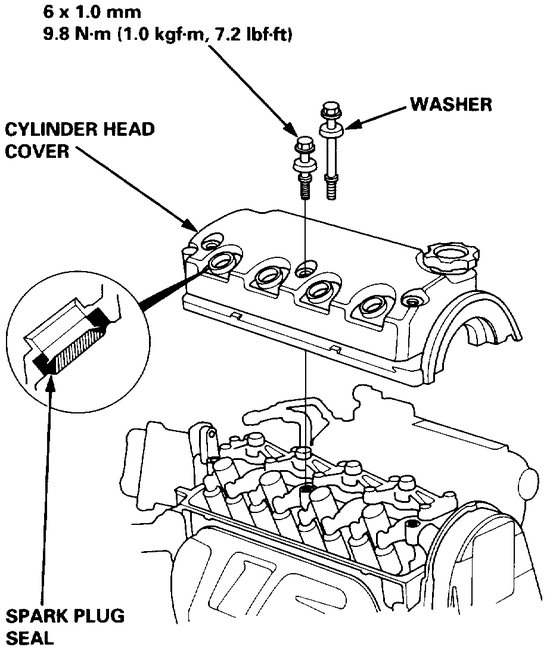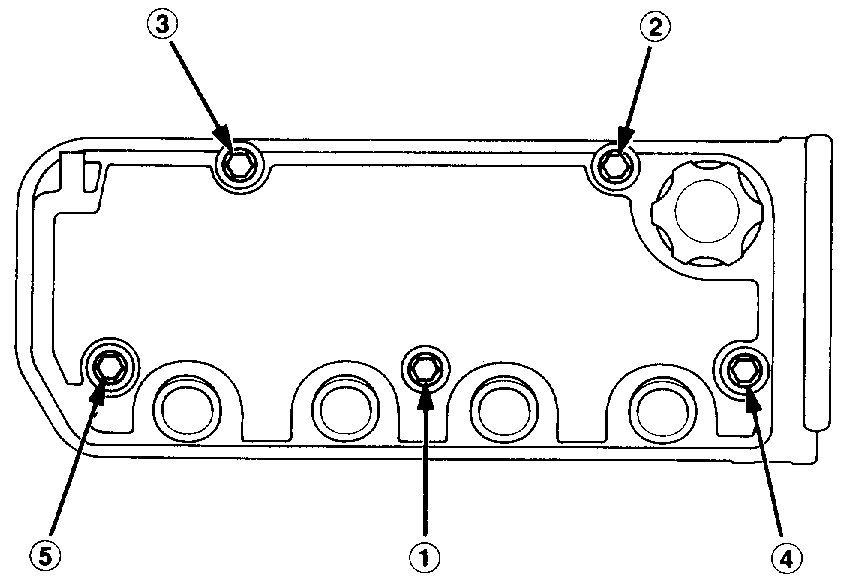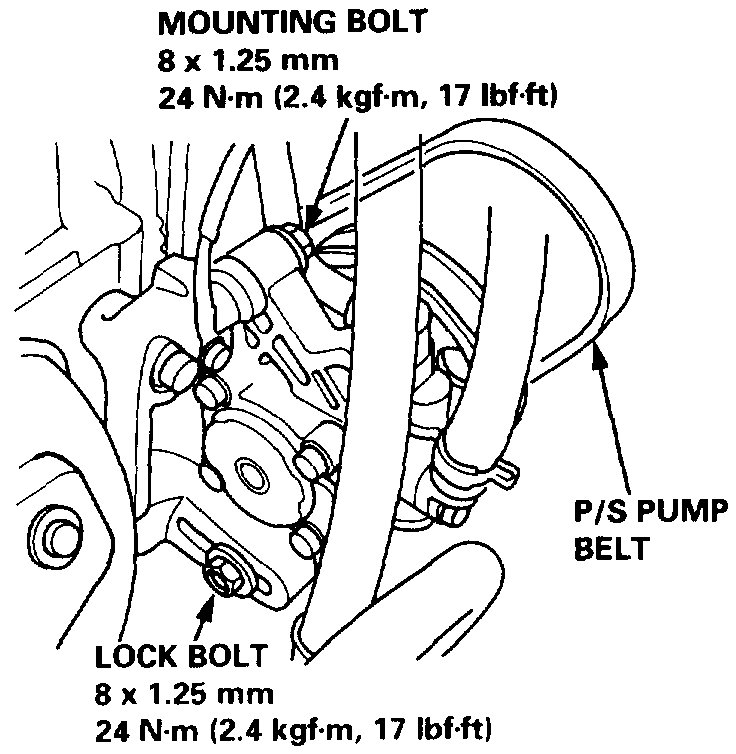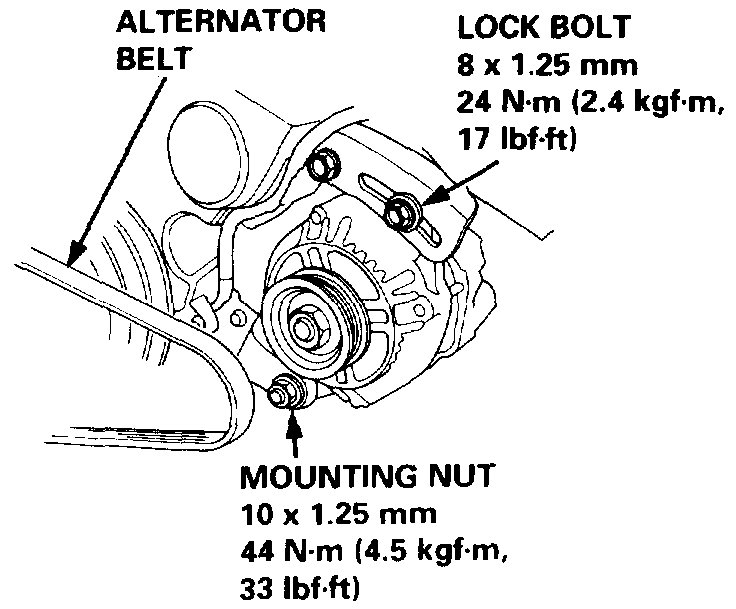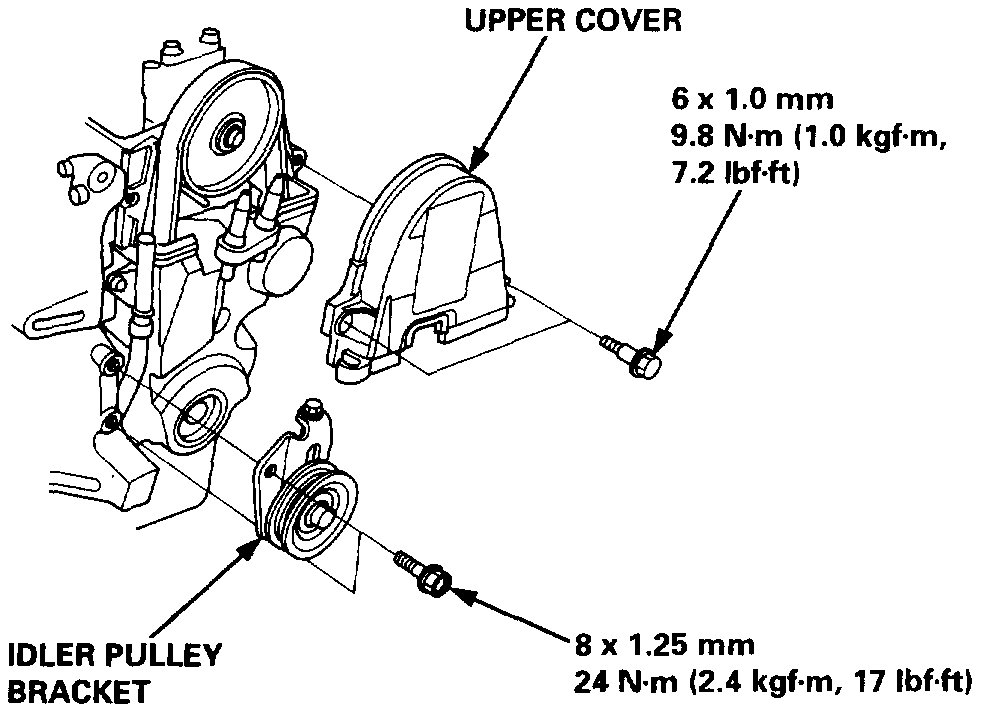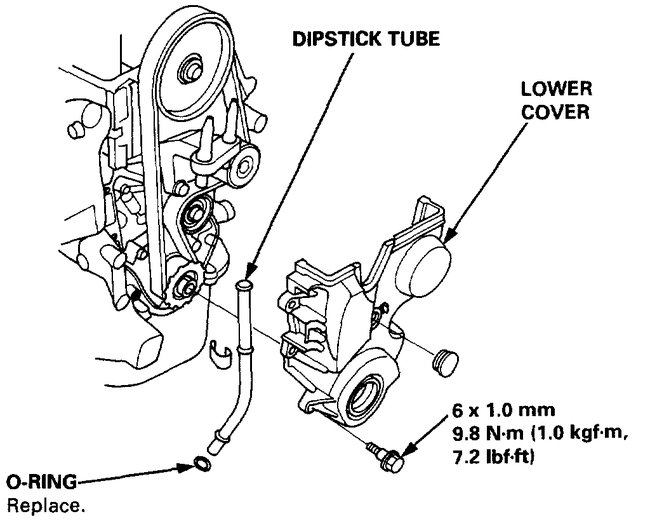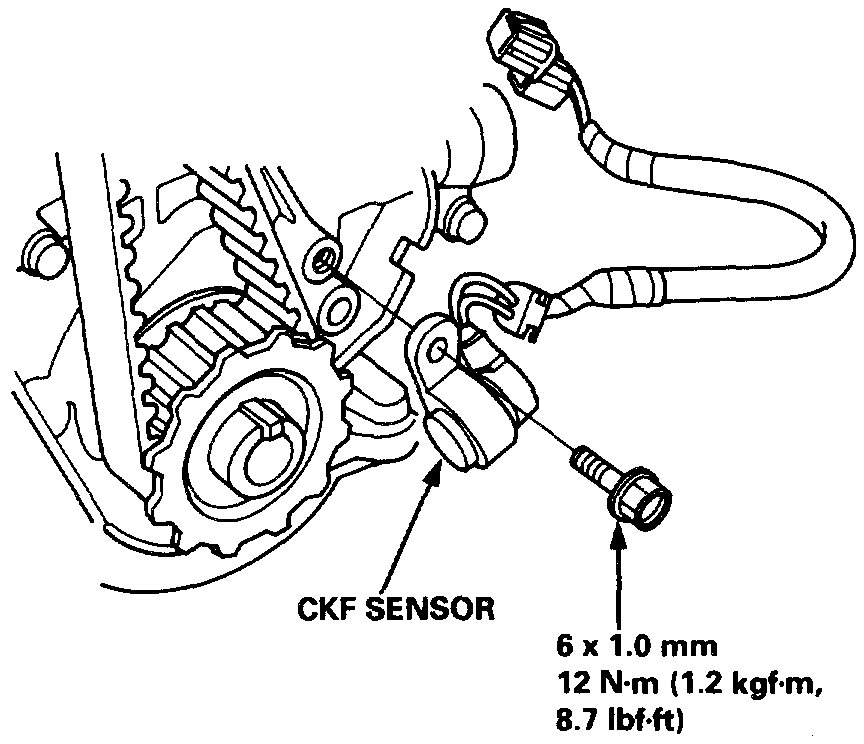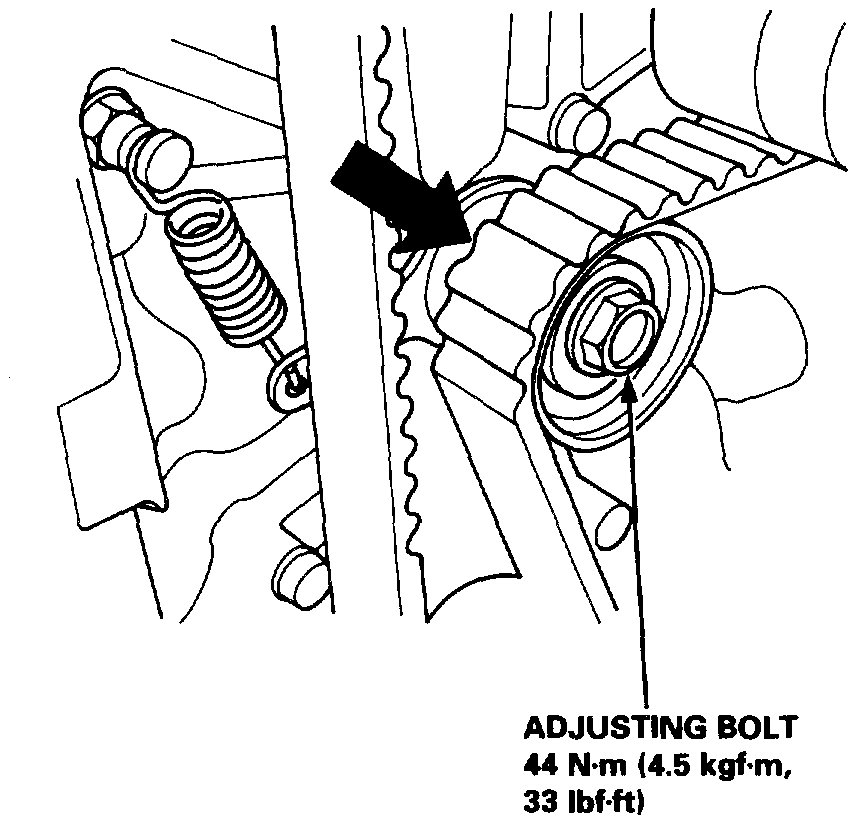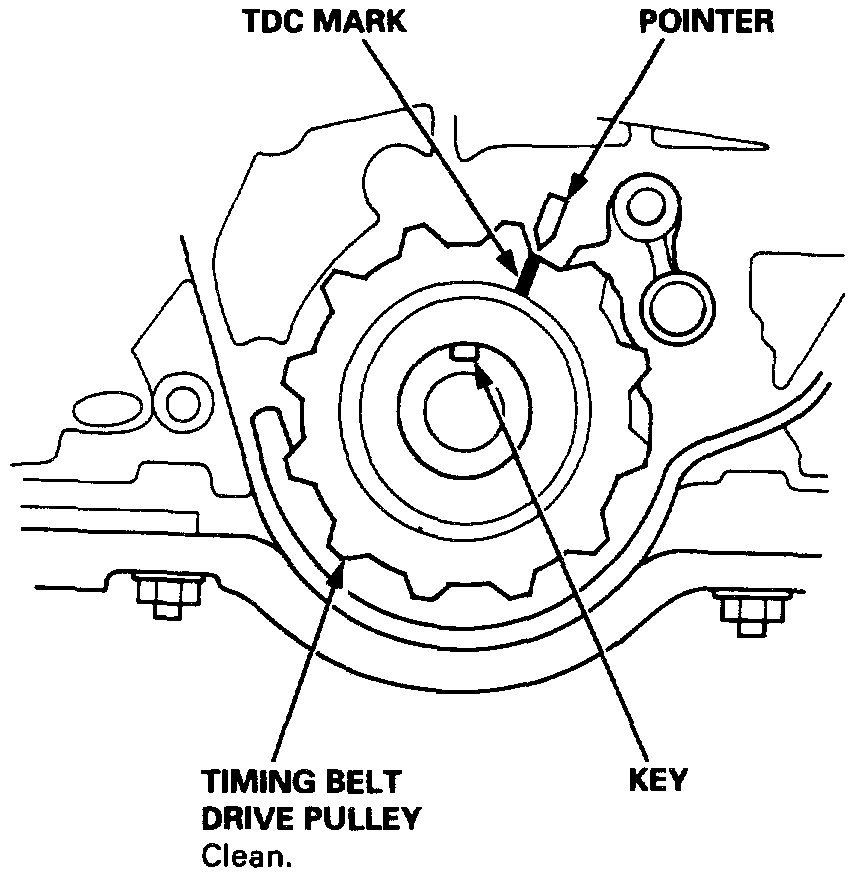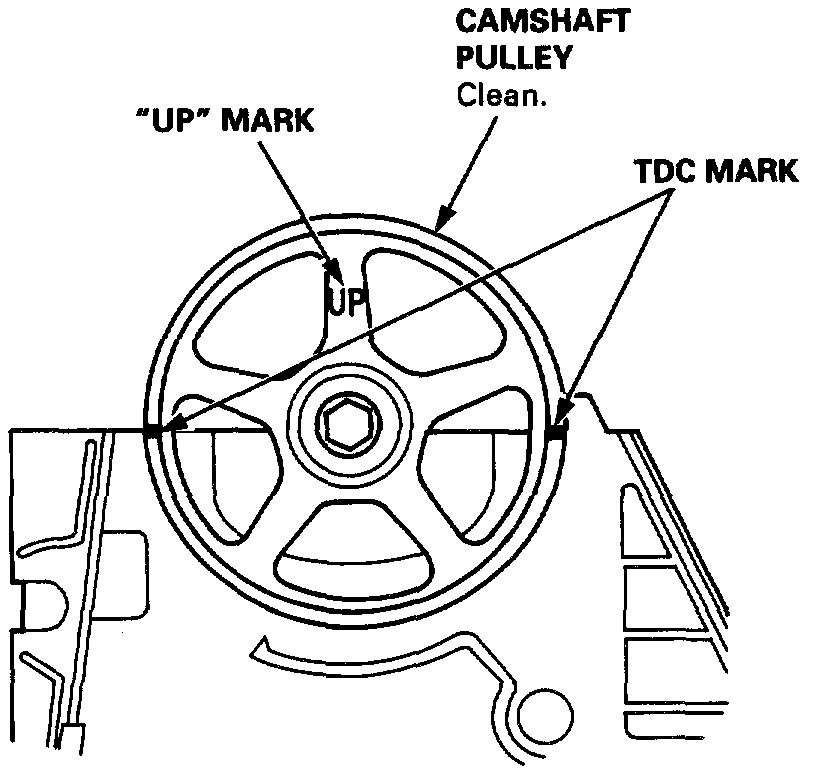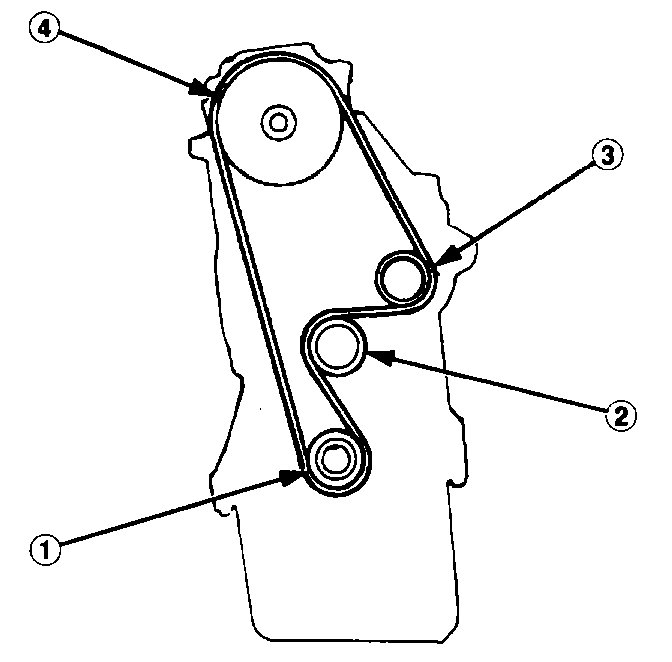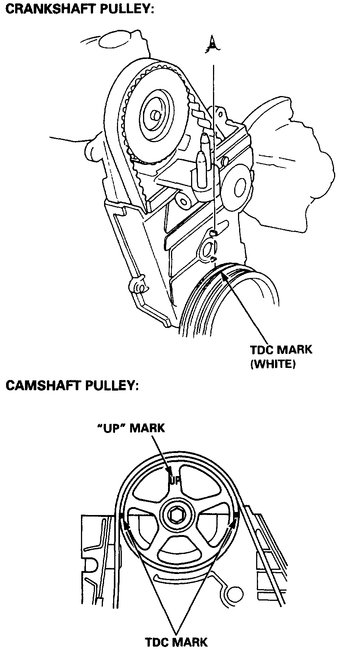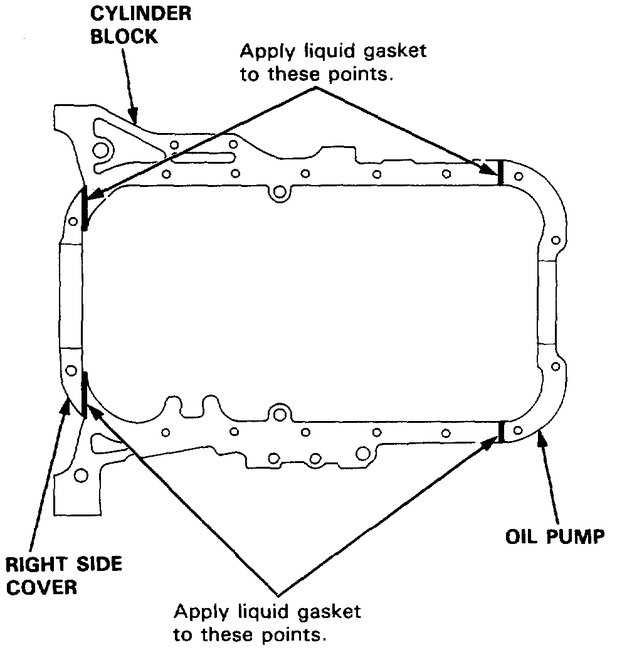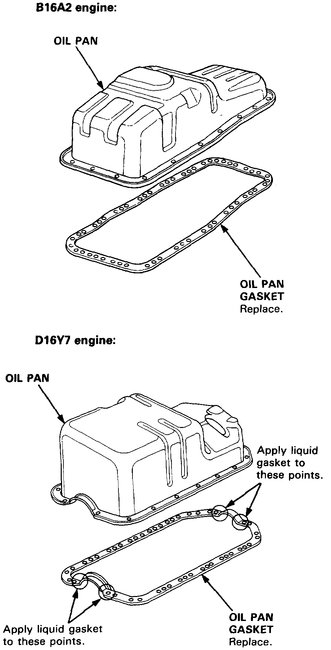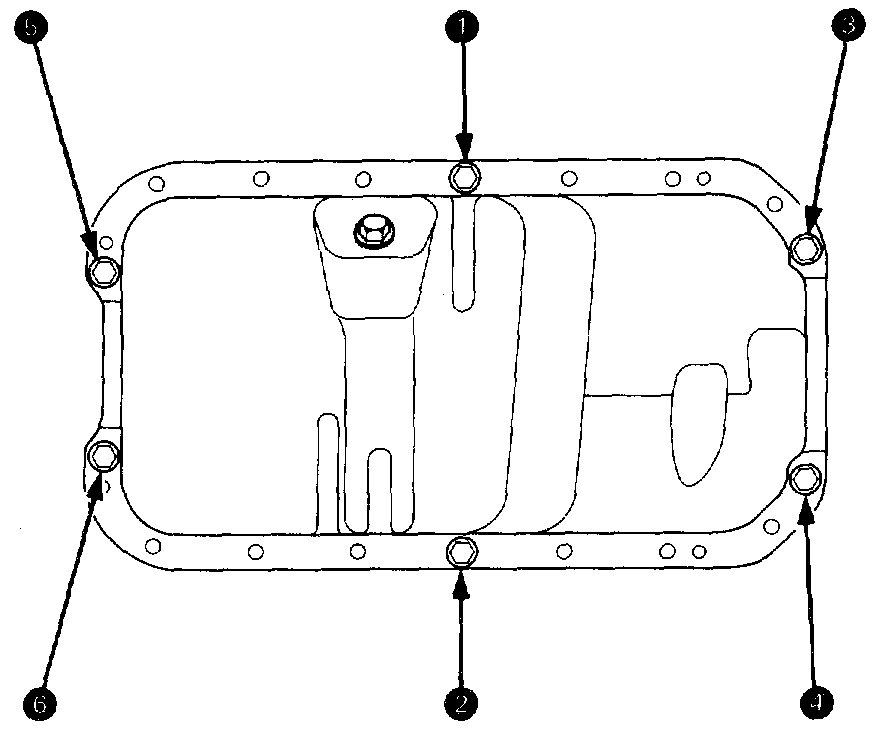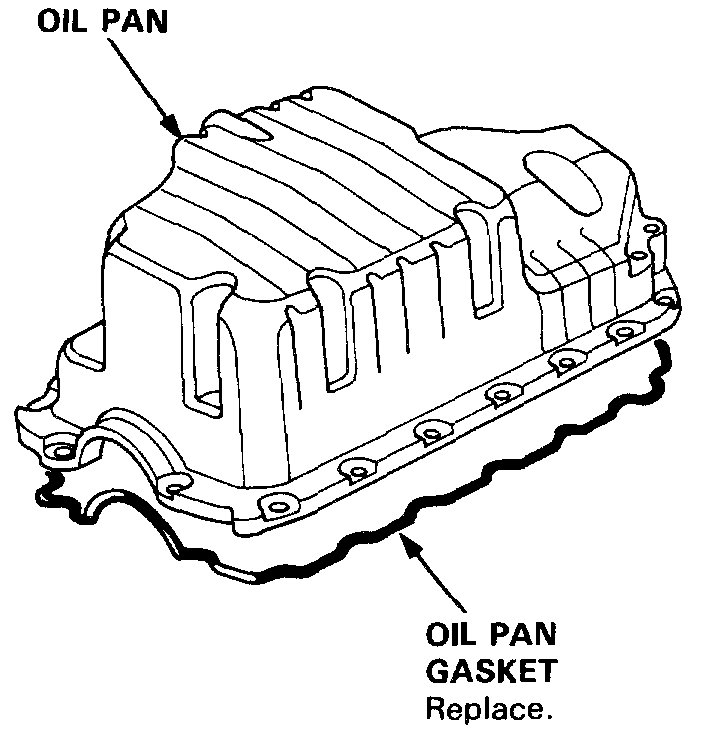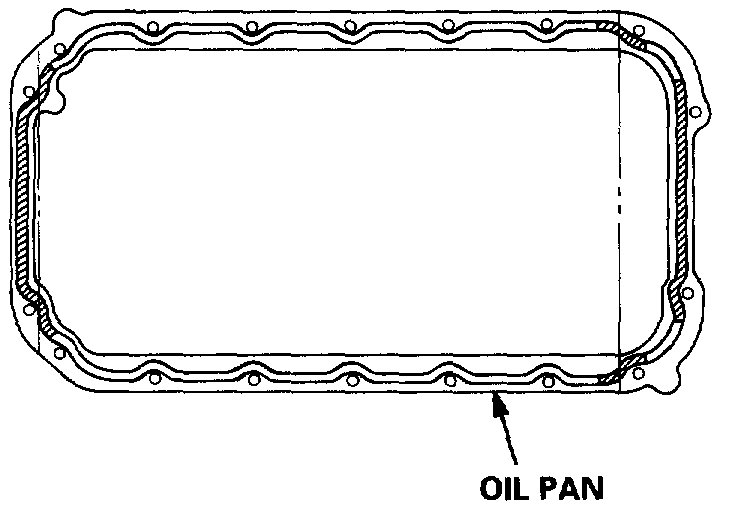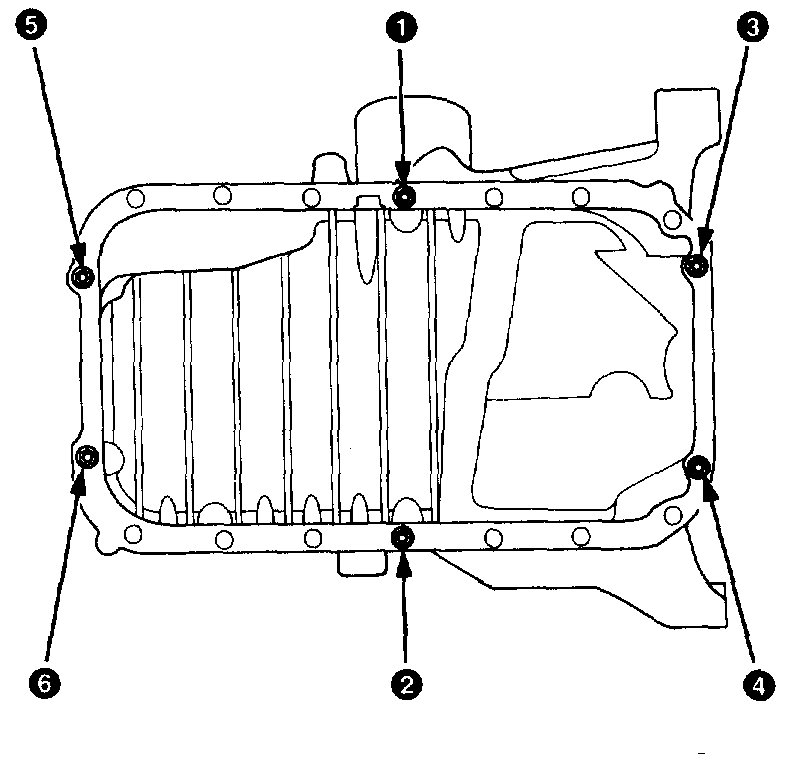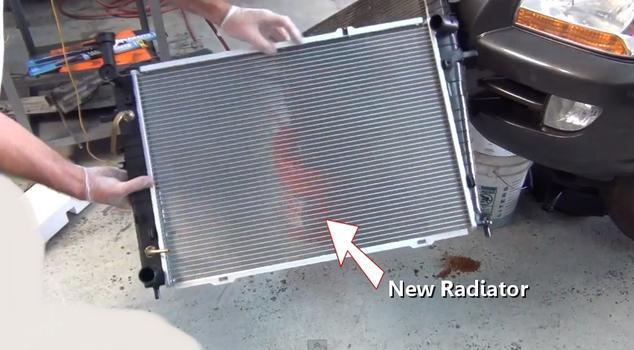Welcome back:
With a bad head gasket, compression may have gotten too low to run. If the starter can't turn the engine, it's possible one of the cylinders is full of coolant creating a hydro static lock. If the starter turns the engine but it doesn't start, check engine compression. Here are links to help:
https://www.2carpros.com/articles/the-reasons-for-low-compression
https://www.2carpros.com/articles/symptoms-of-low-compression
https://www.2carpros.com/articles/how-to-test-engine-compression
Here are the manufacturer's specs for compression:
Compression [1]
Nominal .................... 1,270 kPa (184 psi)
Minimum .................... 930 kPa (135 psi)
Maximum Variation .................... 200 kPa (28 psi)
[1] At 250 rpm and wide open throttle
If the engine compression is low, it's time to replace the gasket.
_______________________________________
If the gasket hasn't been replaced yet, you should do it. Here are the install directions once you have the engine apart. It indicates torque specs and how to put it back together.
INSTALLATION
Install the cylinder head in the reverse order of removal:
NOTE:
- Always use a new head gasket.
- Cylinder head and cylinder block surface must be clean.
- "UP" mark on the camshaft pulley should be at the top.
- Turn the crankshaft so the No. 1 piston is at TDC.
- Clean the oil control orifice before installing.
- Do not use the upper cover and lower cover to store removed items.
- Clean the upper cover and lower cover before installation.
See picture 1
1. Cylinder head dowel pins must be aligned.
2. Position the camshaft correctly.
3. Tighten the cylinder head bolts sequentially in four steps.
1st step: (1) - (10) 20 Nm (2.0 kgs.cm, 14 ft.lbs.)
2nd step: (1) - (10) Nm (5.0 kgs.cm, 36 ft.lbs.)
3rd step: (1) - (10) Nm (6.8 kgs.cm, 49 ft.lbs.)
4th step: (1), (2) Nm (6.8 kgs.cm, 49 ft.lbs.)
See picture 2
CYLINDER HEAD BOLTS TORQUE SEQUENCE:
Note:
- We recommend using a beam-type torque wrench. When using a preset-type torque wrench, be sure to tighten slowly and not to over-tighten.
- If a bolt makes any noise while you are torquing it, loosen the bolt, and re-tighten it from the 1st step.
4. Install the intake manifold and tighten the nuts in a crisscross pattern in two or three steps, beginning with the inner nuts.
- Always use a new intake manifold gasket.
5. Install the exhaust manifold and tighten the nuts in a crisscross pattern in two or three steps, beginning with the inner nut.
- Always use a new exhaust manifold gasket.
6. Install the exhaust manifold bracket. Install the exhaust pipe A and the bracket, then install the cover.
7. Install the timing belt.
8. Adjust the valve clearance.
See picture 3
9. Install the head cover gasket in the groove of the cylinder head cover. Seat the recesses for the camshaft first, then work it into the groove around the outside edges.
Note:
- Before installing the head cover gasket, thoroughly clean the seal and the groove.
- When installing, make sure the head cover gasket is seated securely in the corners of the recesses with no gap.
See picture 4
10. Apply liquid gasket to the head cover gasket at the four corners of the recesses.
Note:
- Use liquid gasket, Part No. 08718-0001 or 08718-0003.
- Check that the mating surfaces are clean and dry before applying liquid gasket.
- Do not install the parts if five minutes or more have elapsed since applying liquid gasket. Instead, reapply liquid gasket after removing old residue.
- After assembly, wait at least 30 minutes before filling the engine with oil.
See picture 5
11. When installing the cylinder head cover, hold the head cover gasket in the groove by placing your fingers on the camshaft holder contacting surfaces (top of the semicircles).
Set the spark plug seal on the spark plug tube.
Once the cylinder head cover is on the cylinder head, slide the cover slightly back and forth to seat the head cover gasket.
Note:
- Before installing the cylinder head cover, clean the cylinder head contacting surfaces with a shop towel.
- Do not touch the parts where liquid gasket was applied.
- Take care not to damage the spark plug seals when installing the cylinder head cover.
- Visually check the spark plug seals for damage.
- Replace any washer that is damaged or deteriorated.
See picture 6
12. Tighten the nuts in two or three steps. In the final step, tighten all bolts, in sequence, to 9.8 Nm (1.0 kgs.cm, 7.2 ft.lbs.).
Note: After assembly, wait at least 30 minutes before filling the engine with oil.
13. After installation, check that all tubes, hoses and connectors are installed correctly.
______________________________________________________
Timing belt removal and replacement will be required to remove the head. Here are the directions for that.
REMOVAL
Note:
- Replace the timing belt at 105,000 miles (168,000 km) according to the maintenance schedule (normal conditions/severe conditions).
If the vehicle is regularly driven in one or more of the following conditions, replace the timing belt at 60,000 miles (U.S.A.) 100,000 km (Canada).
- In very high temperatures (over 110°F, 43°C).
- In very low temperatures (under -20°F, -29°C).
- Turn the crankshaft pulley so the No. 1 piston is at Top Dead Center (TDC) before removing the belt.
- Inspect the water pump before installing the timing belt.
1. Remove the splash shield.
See picture 7
2. Loosen the mounting bolt and lock bolt, then remove the Power Steering (P/S) pump belt and pump.
3. Loosen the idler pulley center nut and adjusting bolt, then remove the Air conditioning (A/C) compressor belt.
See picture 8
4. Loosen the mounting nut and lock bolt, then remove the alternator belt.
See picture 9
5. Remove the dipstick, then remove the upper cover and idler pulley bracket.
Note: Do not use the upper cover to store removed items.
6. Remove the upper bracket.
Note:
- Use a jack to support the engine before the upper bracket is removed.
- Make sure to place a cushion between the oil pan and the jack.
7. Remove the crankshaft pulley.
See picture 10
8. Remove the lower cover and dipstick tube.
NOTE: Do not use the lower cover to store removed items.
See picture 11
9. Remove the CKF sensor from the oil pump.
See picture 12
10. Loosen the adjusting bolt 180°. Push the tensioner to remove tension from the timing belt, then re-tighten the adjusting bolt.
11. Remove the timing belt.
INSTALLATION
Install the timing belt in the reverse order of removal; Only key points are described here.
See picture 13
1. Set the timing belt drive pulley so that the No. 1 piston is at Top Dead Center (TDC). Align the groove on the timing belt drive pulley to the pointer on the oil pump.
See picture 14
2. Set the camshaft pulley to TDC. Align the TDC marks on the camshaft pulley to the cylinder head surface.
3. Install the timing belt tightly in the sequence shown. (1) Timing belt drive pulley (crankshaft) -> (2) Adjusting pulley -> (3) Water pump pulley -> (4) Camshaft pulley.
Note: Make sure the timing belt drive pulley and camshaft pulley are at TDC.
See picture 15
4. Loosen and re-tighten the adjusting bolt to tension the timing belt.
5. Install the lower cover and upper cover.
Note: Clean the upper and lower covers before installation.
6. Install the crankshaft pulley, then tighten the pulley bolt.
7. Rotate the crankshaft pulley about five or six turns counterclockwise so that the timing belt positions on the pulleys.
8. Adjust the timing belt tension.
See picture 16
9. Check that the crankshaft pulley and camshaft pulley are both at TDC.
10. If the camshaft and crankshaft pulleys are not positioned at TDC, remove the timing belt and adjust the position. Then reinstall the timing belt.
11. After installation, adjust the tension of each belt.
_____________________________________________________
Let me know if this helps or if you have other questions.
Joe
Images (Click to make bigger)
Saturday, January 12th, 2019 AT 9:54 PM
